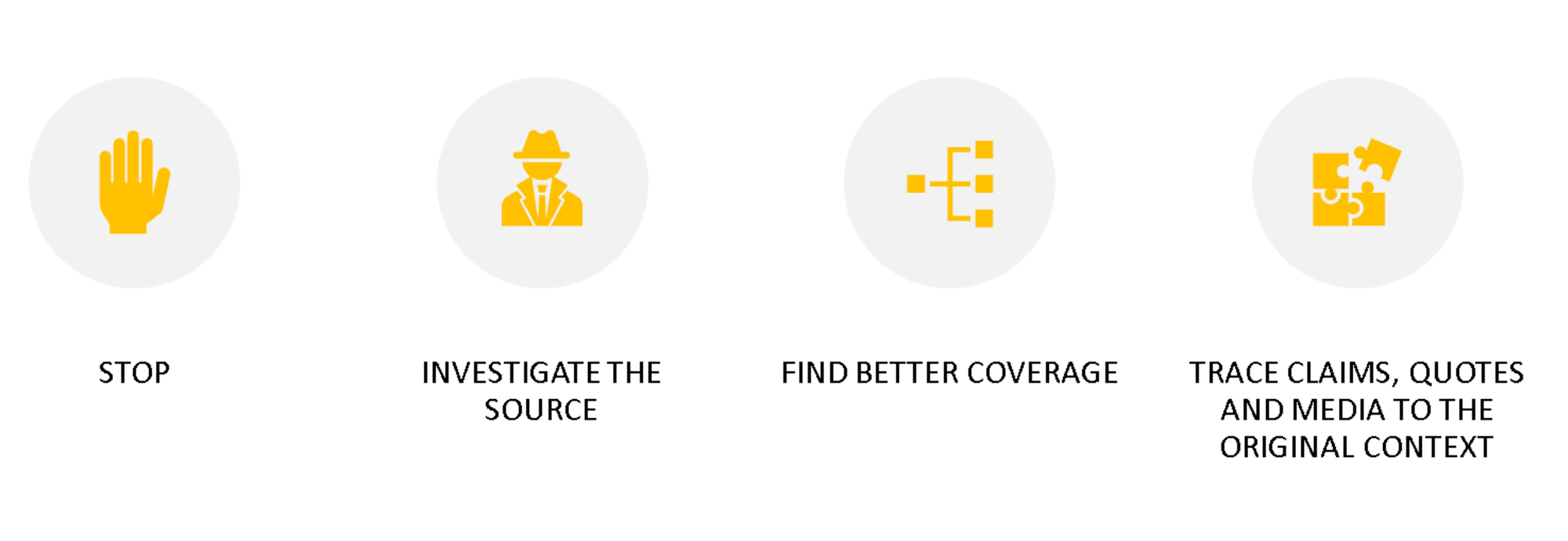Your final paper will be a "persuasive, argument-based essay that engages in contemporary bioethical issues." In order to do research to investigate the issues involved in the topic that you select, you'll need to be able to:
Let's practice some of the steps you might take to do that!
The first step is to identify and your topic and start engaging with the themes, issues, and arguments you might explore. We'll start by reading this newspaper article:
1) After you've had the start of an idea for a topic (whether inspired by a newspaper article or otherwise, you can start to explore the issues by concept mapping. See below for more information about how to create a concept map to explore some possible lines of inquiry.
2) Once you have begun to identify the issues that you will explore, you can consider how you will go about conducting research into those issues. Some starting points might be:
a) Consult a tertiary source, such as the Bioethics encyclopedia, to learn more contextual information about your topic.
b) search online for relevant information, but be sure to carefully evaluate the source of the information that you find. See below for more information about using the SIFT method to evaluate online resources.
Concept maps are a tool to help you:
Ask yourself: what do I already know about my topic? what am I curious about? what kind of data do I need, and where am I likely to find that data? Creating a map of these subtopics that will help you flesh out your topic. Keep in mind that this map may include as many questions as it does ideas...after all, you haven't researched your topic yet! Also remember that you are not expected to address all of the subtopics in your work, nor would it be wise for you to try. You will likely focus on just one or two areas of your map for your final research.
The process is simple: start with your big, broad topic in the middle of your page.
Searching for any information on the internet can be an adventure, but this can be especially true when investigating social phenomena and their relation to power. Evaluating the authority, usefulness, and reliability of the information you find is a crucial step in the research process.
SIFT is a method of evaluating online information developed by Mike Caulfield of Washington State University Vancouver. This infographic shows the steps of SIFT: Stop, investigate the source, find trusted coverage, trace claims, quotes and media to the original context.

Learn more about SIFT:
This video (3.5 minutes) from University of Louisville Libraries Citizen Literacy Project describes the practice of "lateral reading," a strategy used by professional fact-checkers to investigate the reliability of online sources.